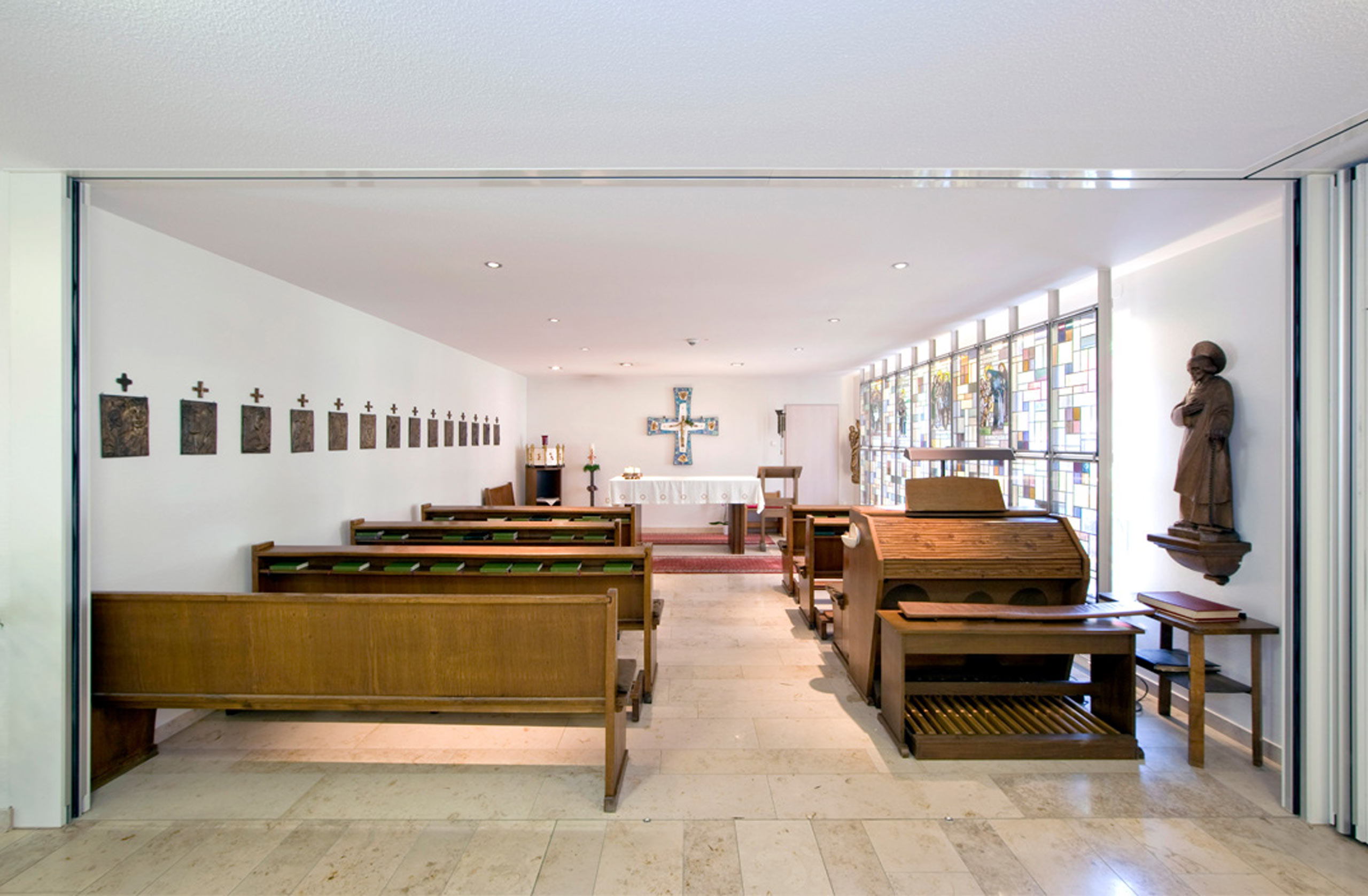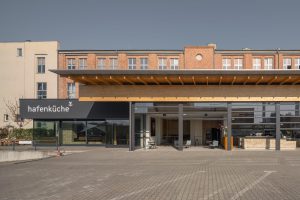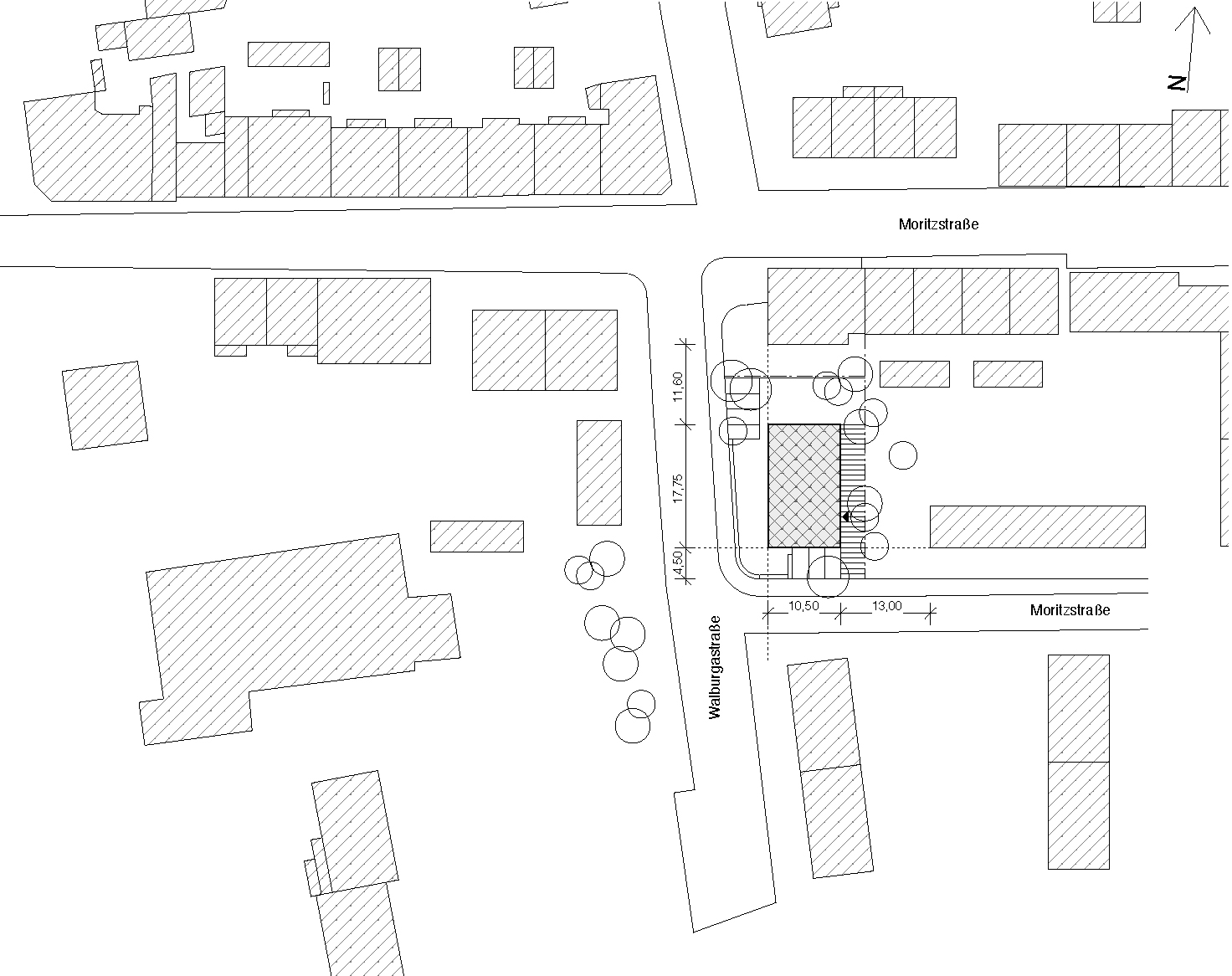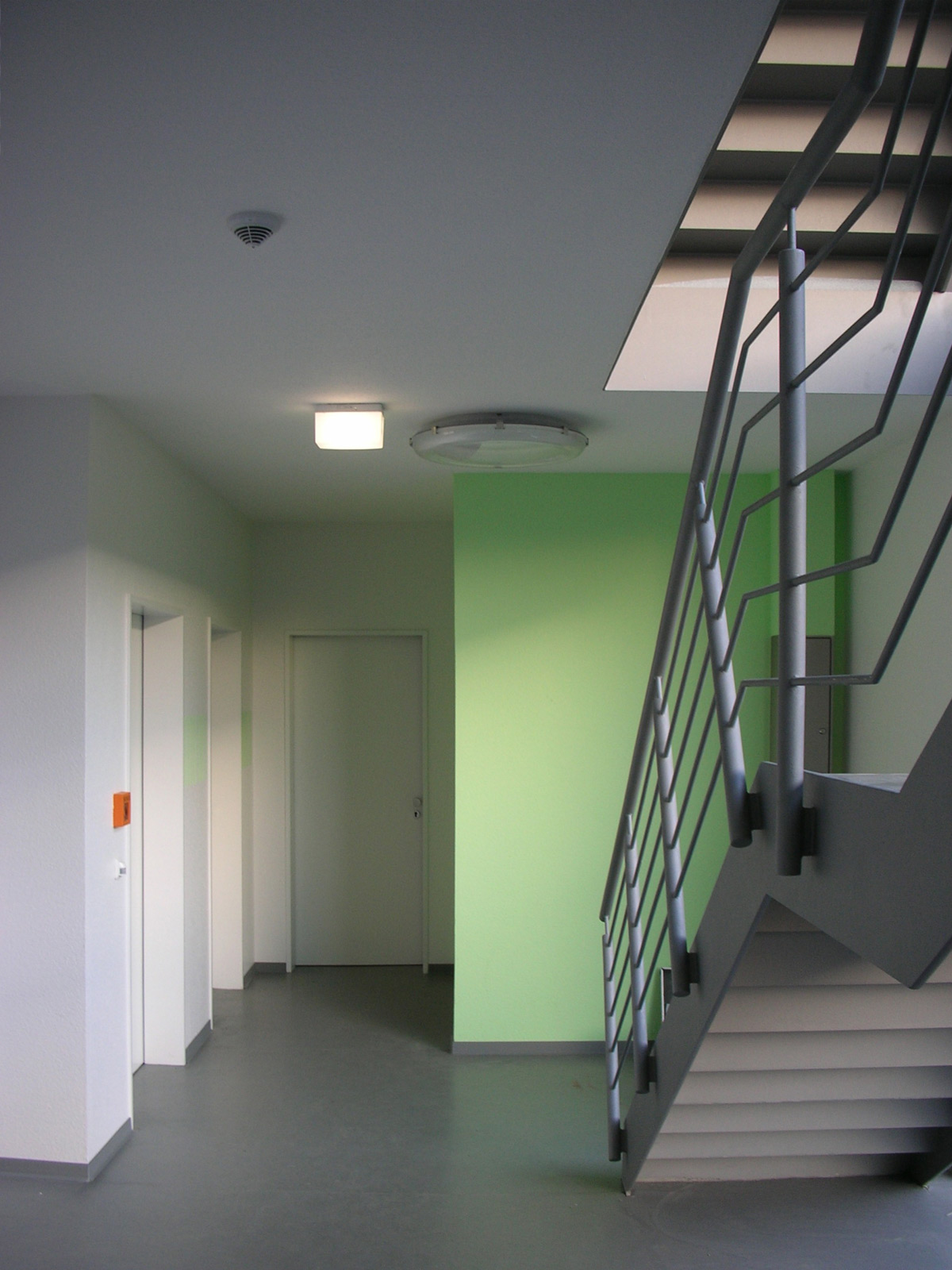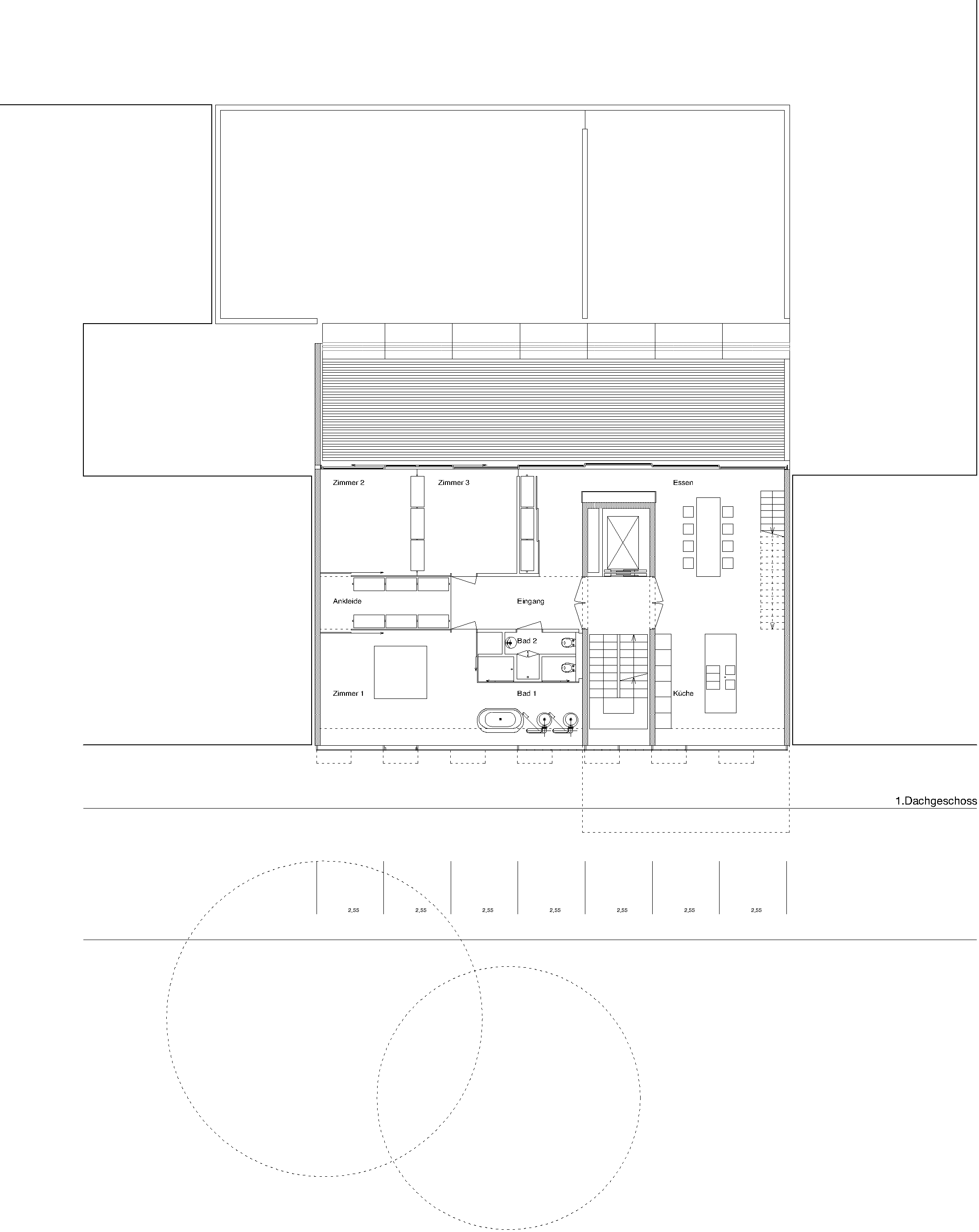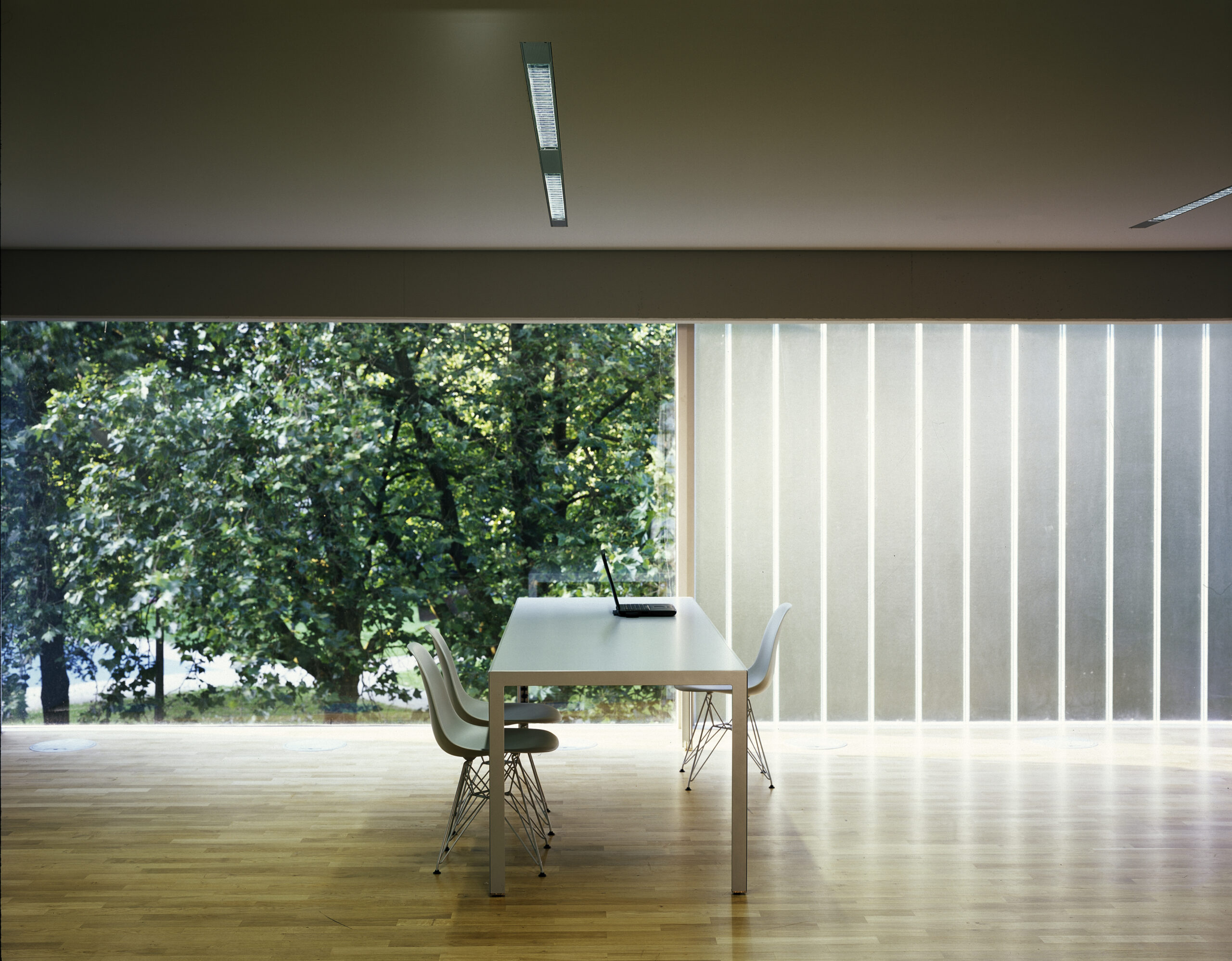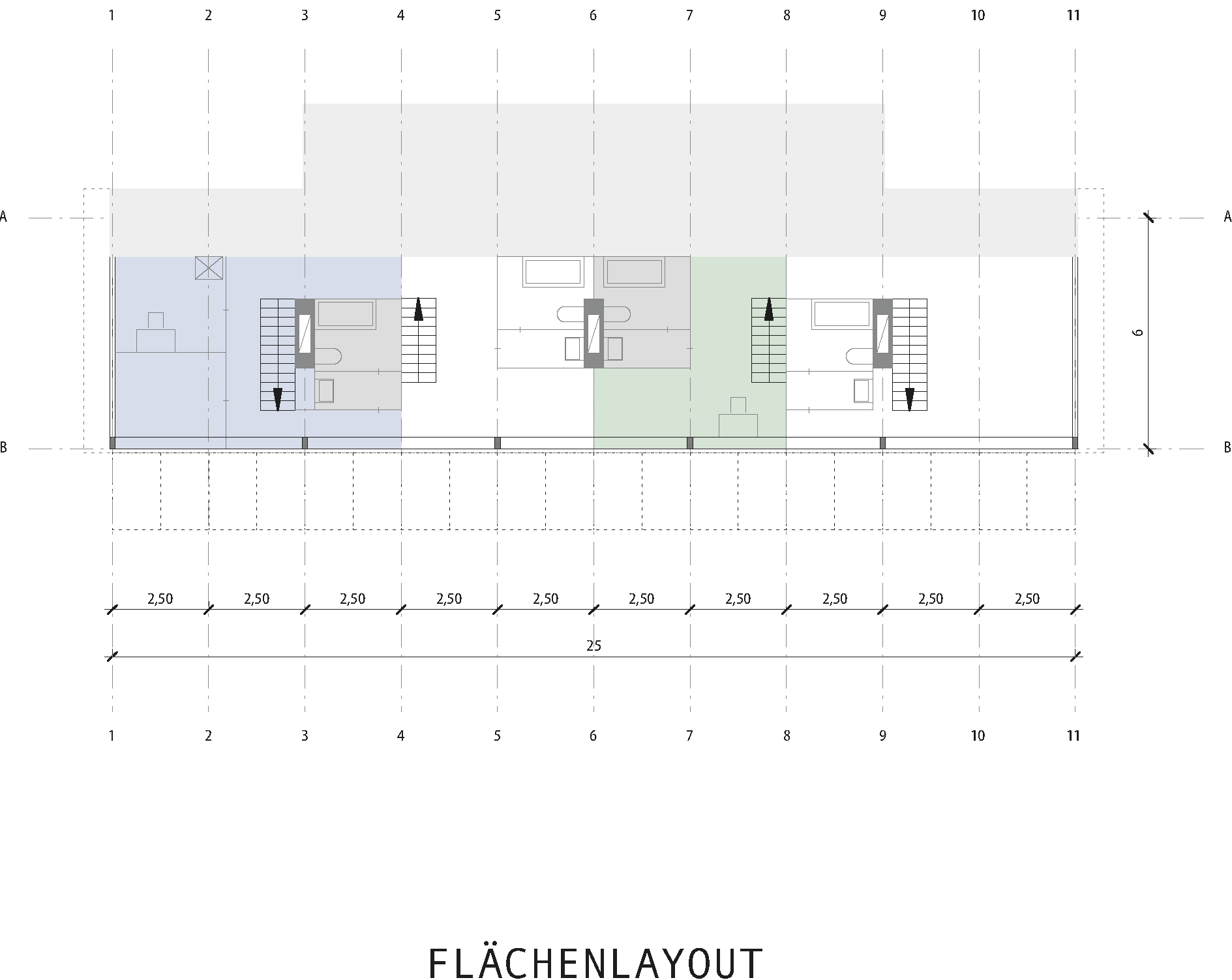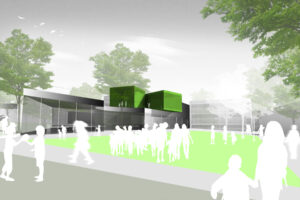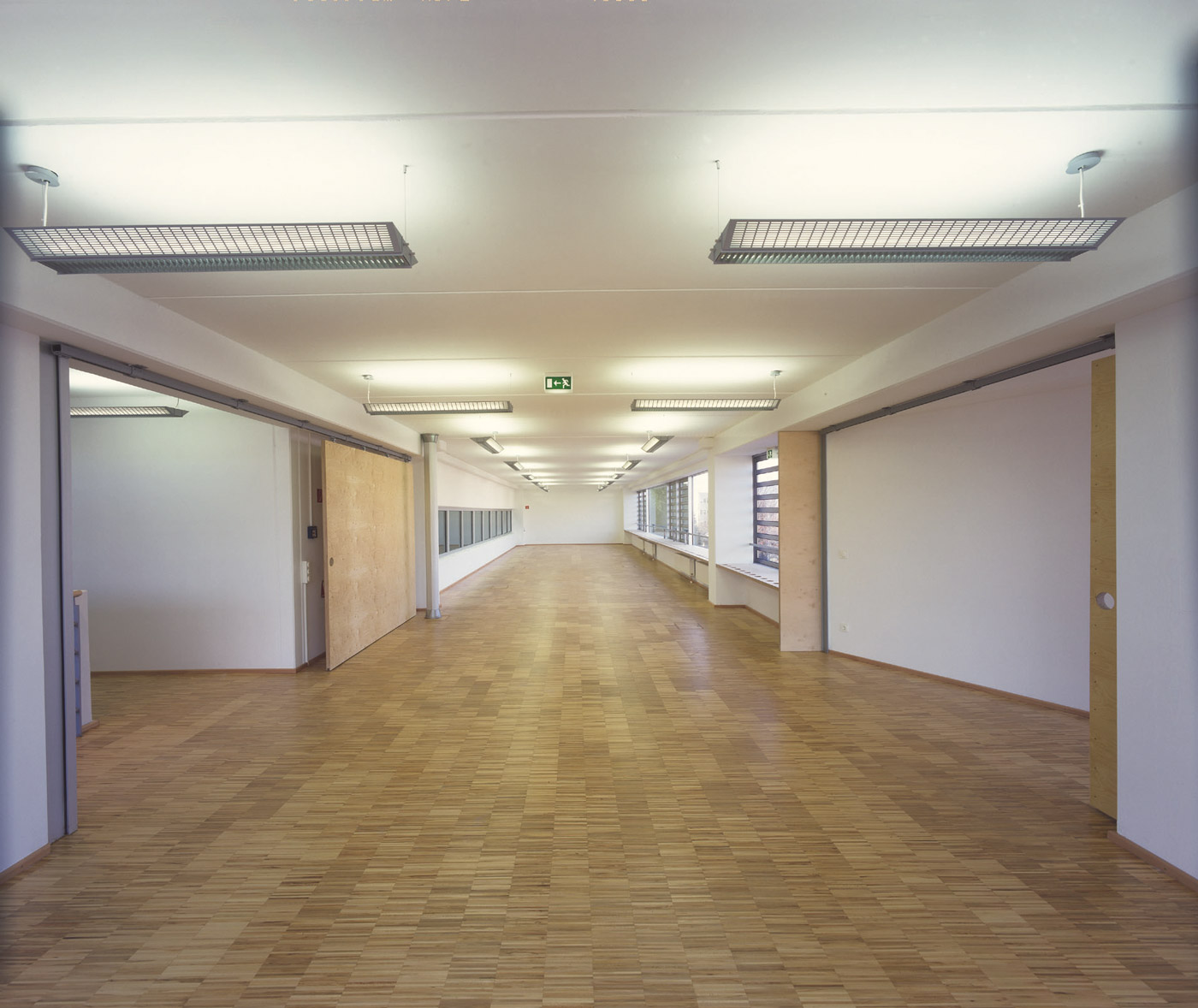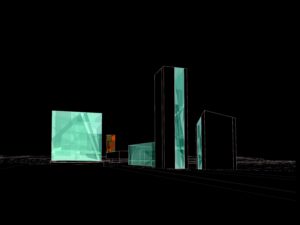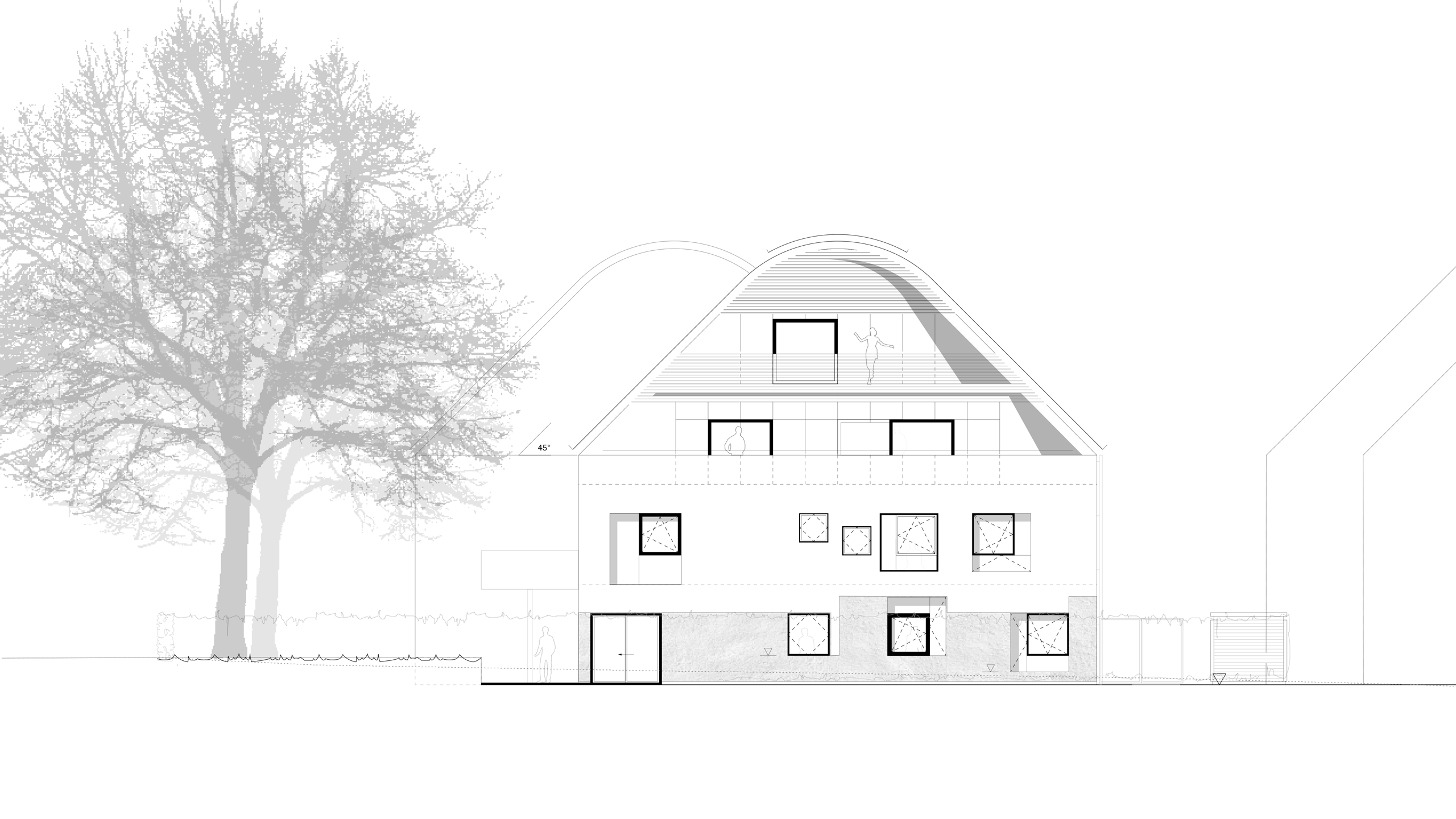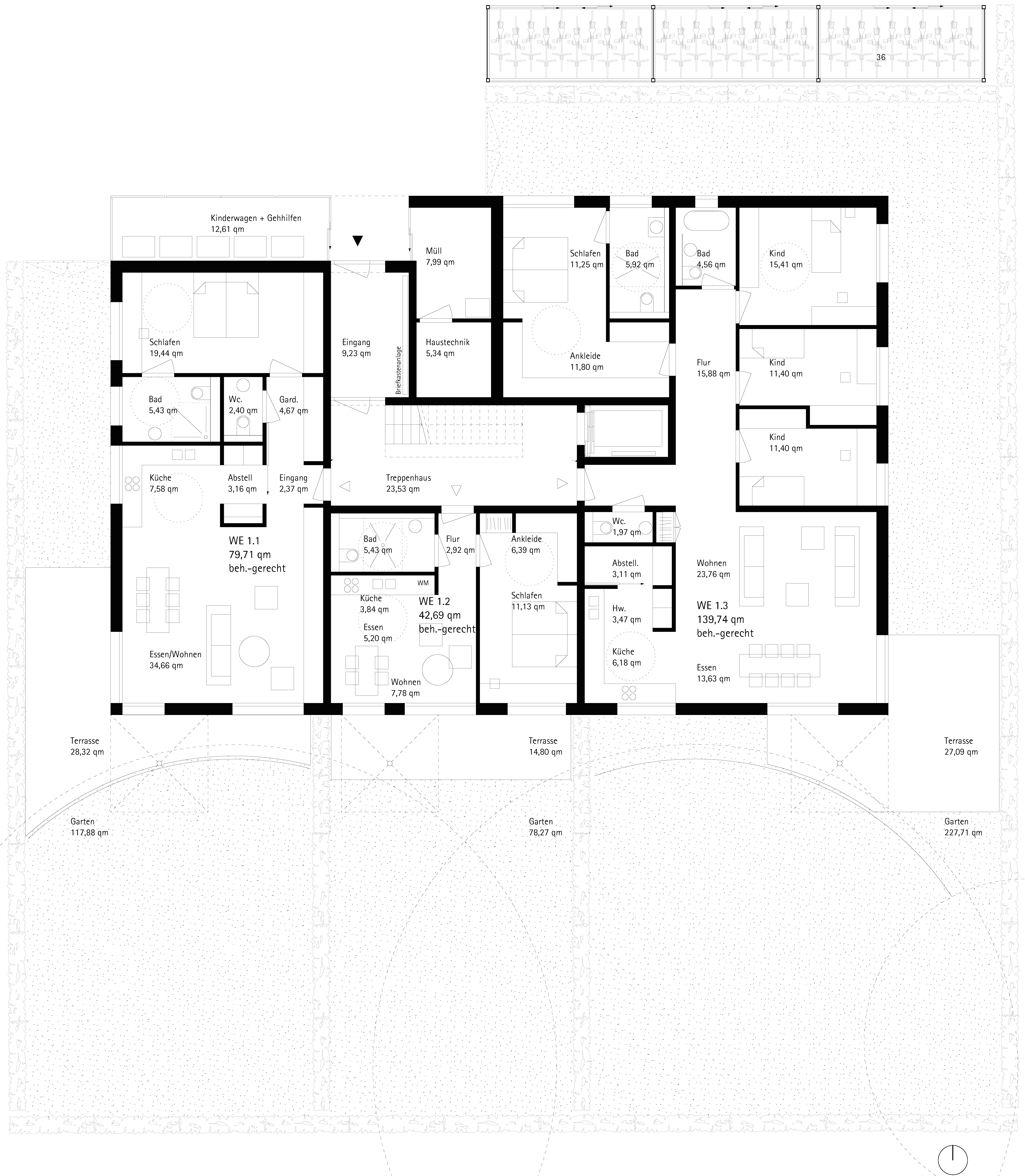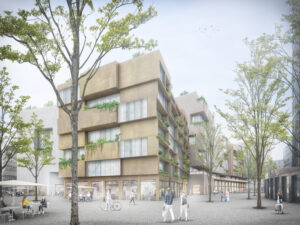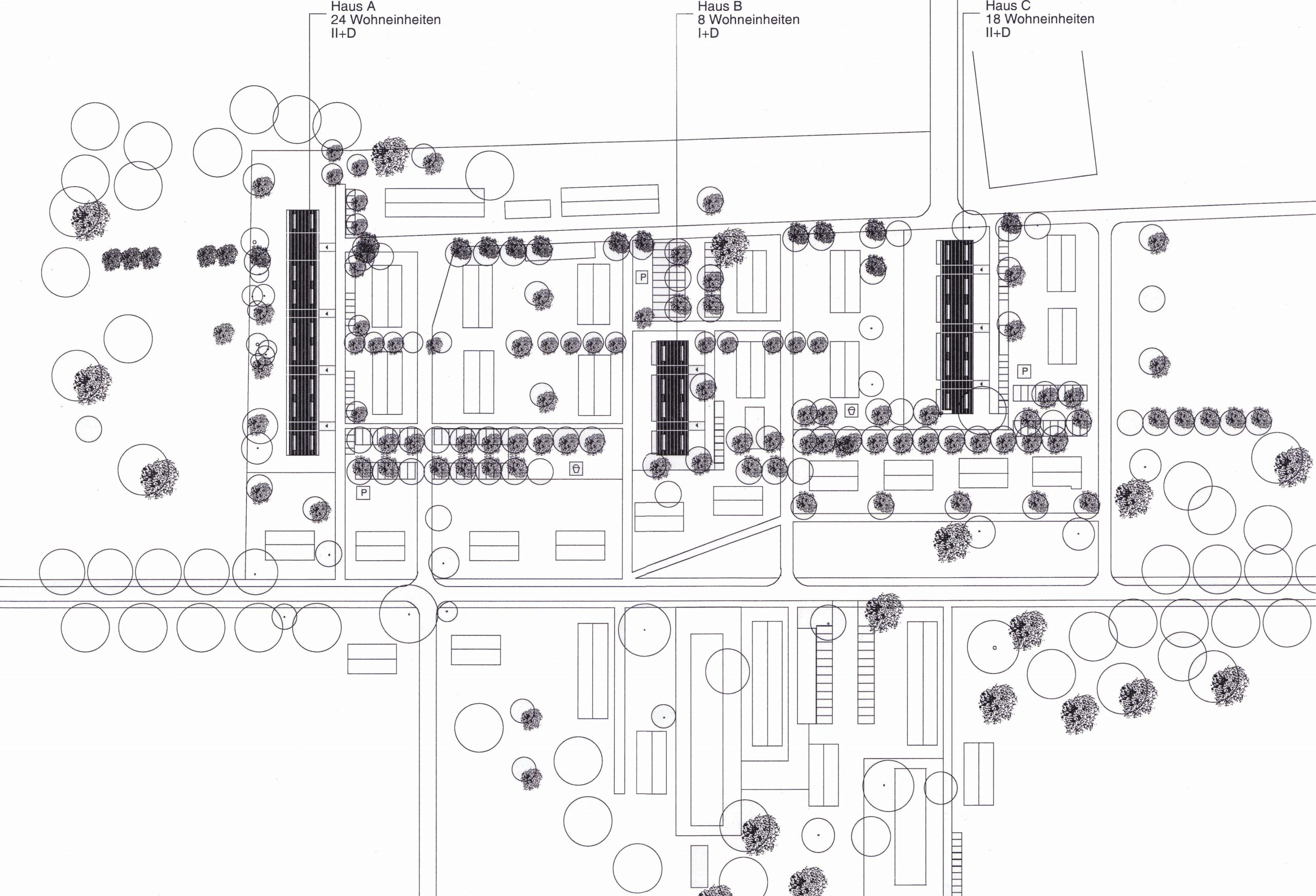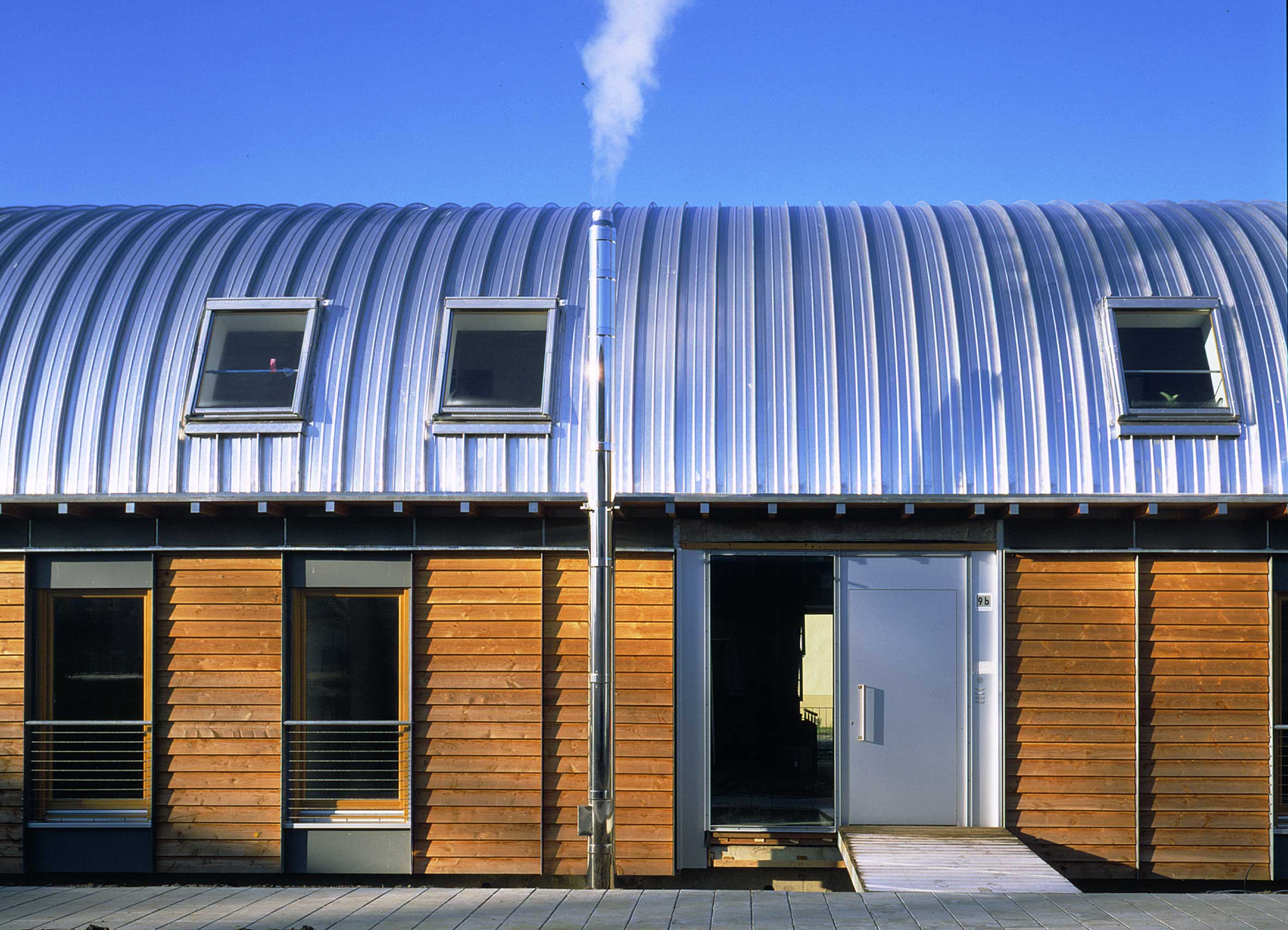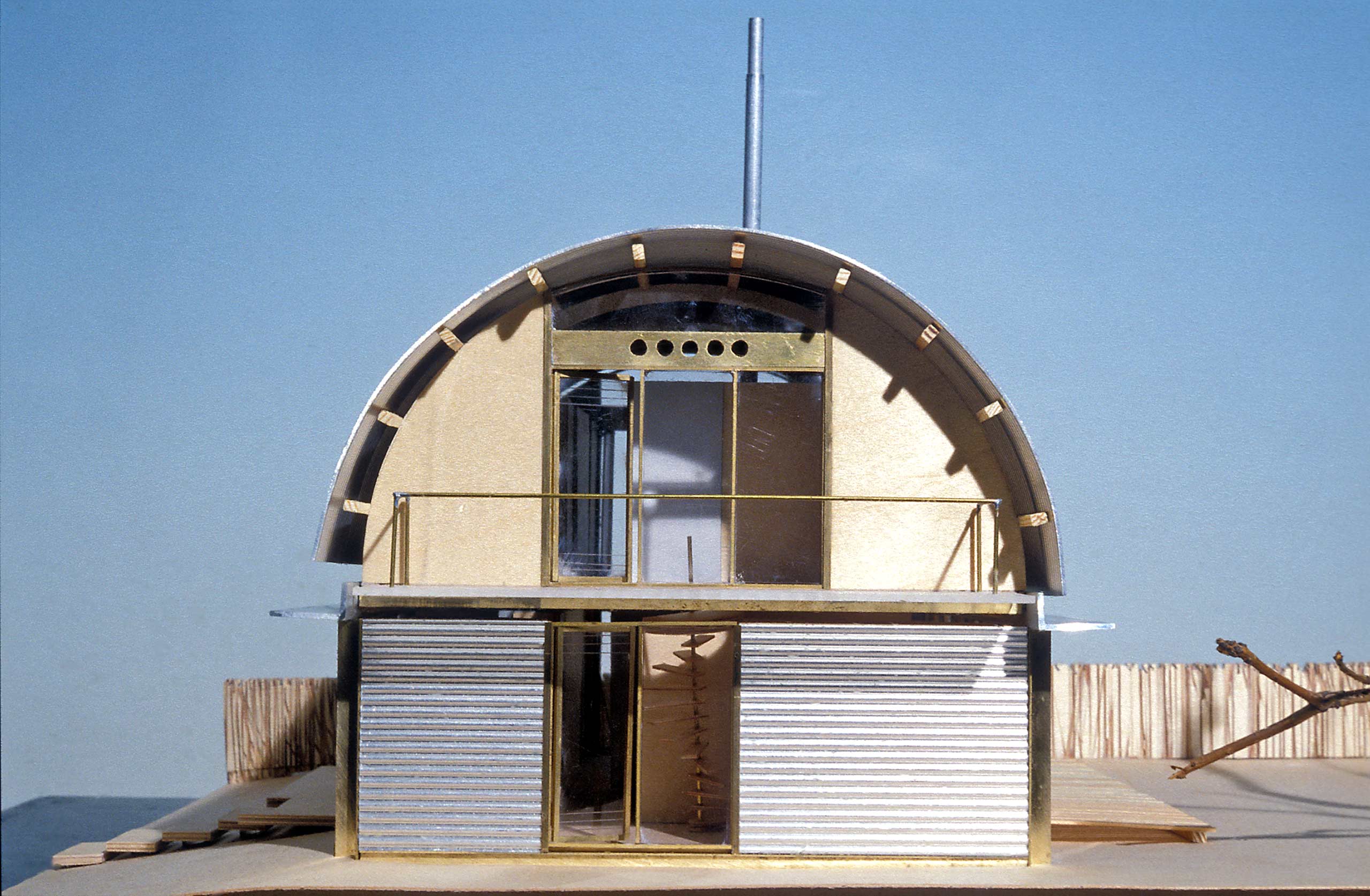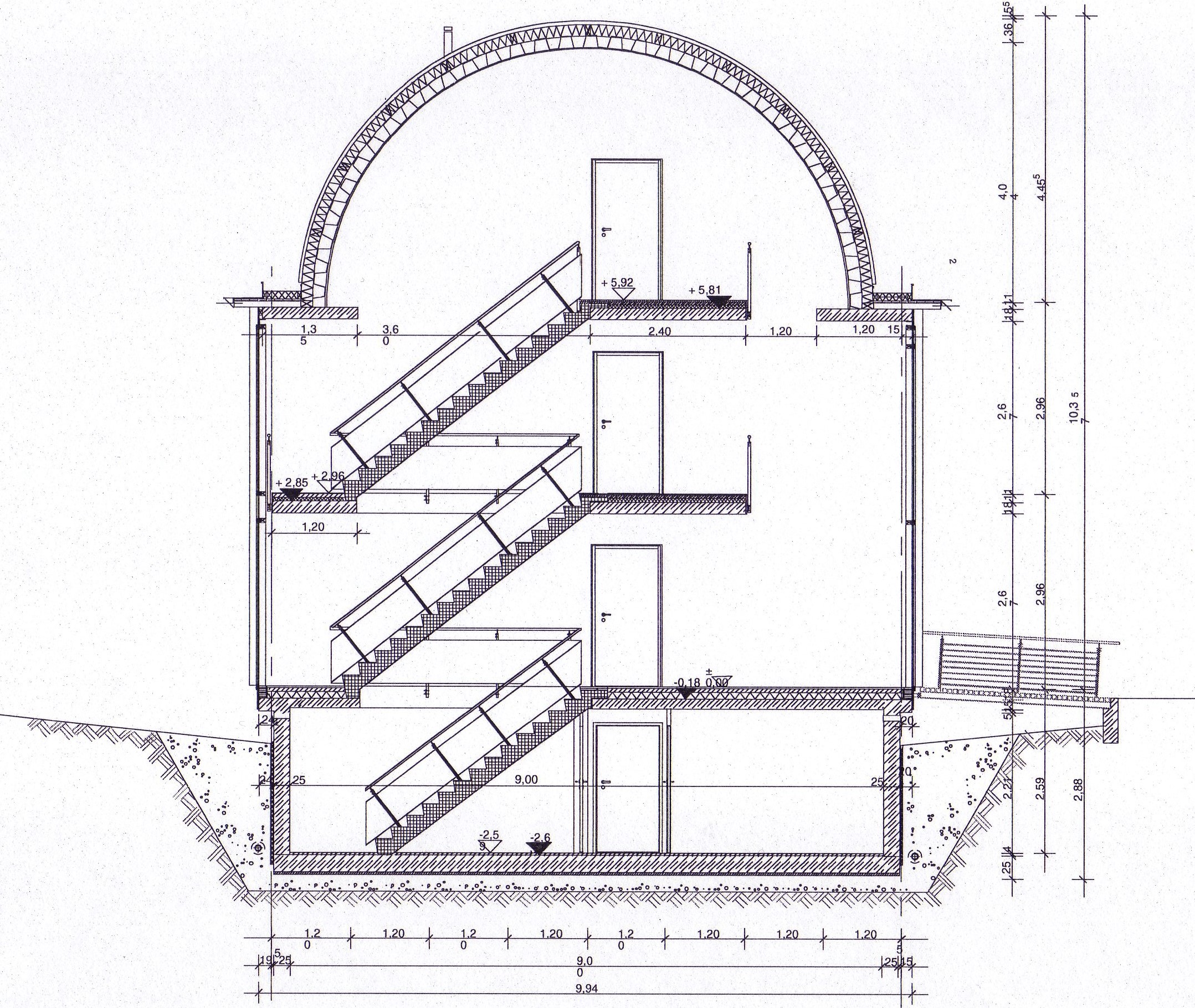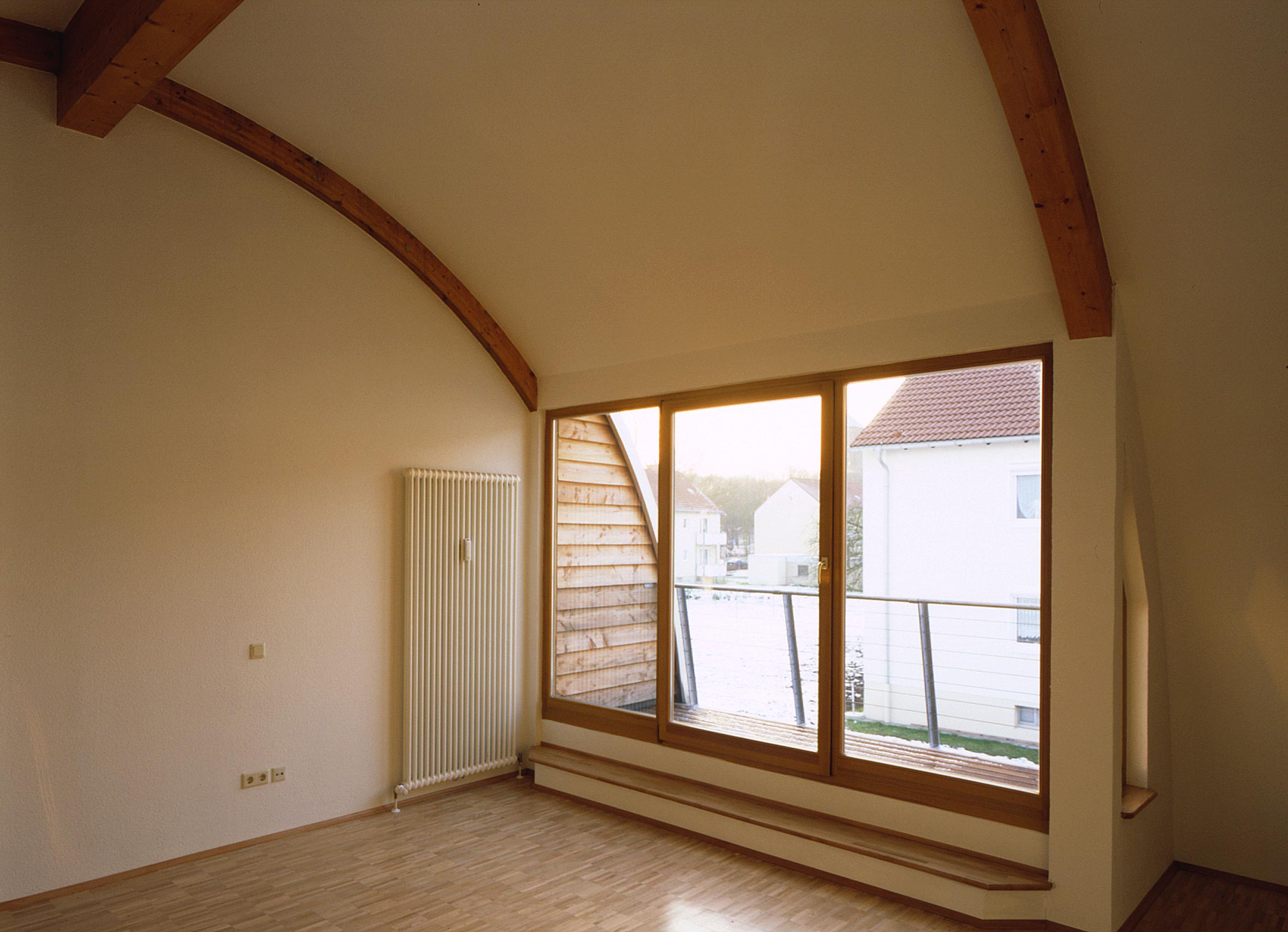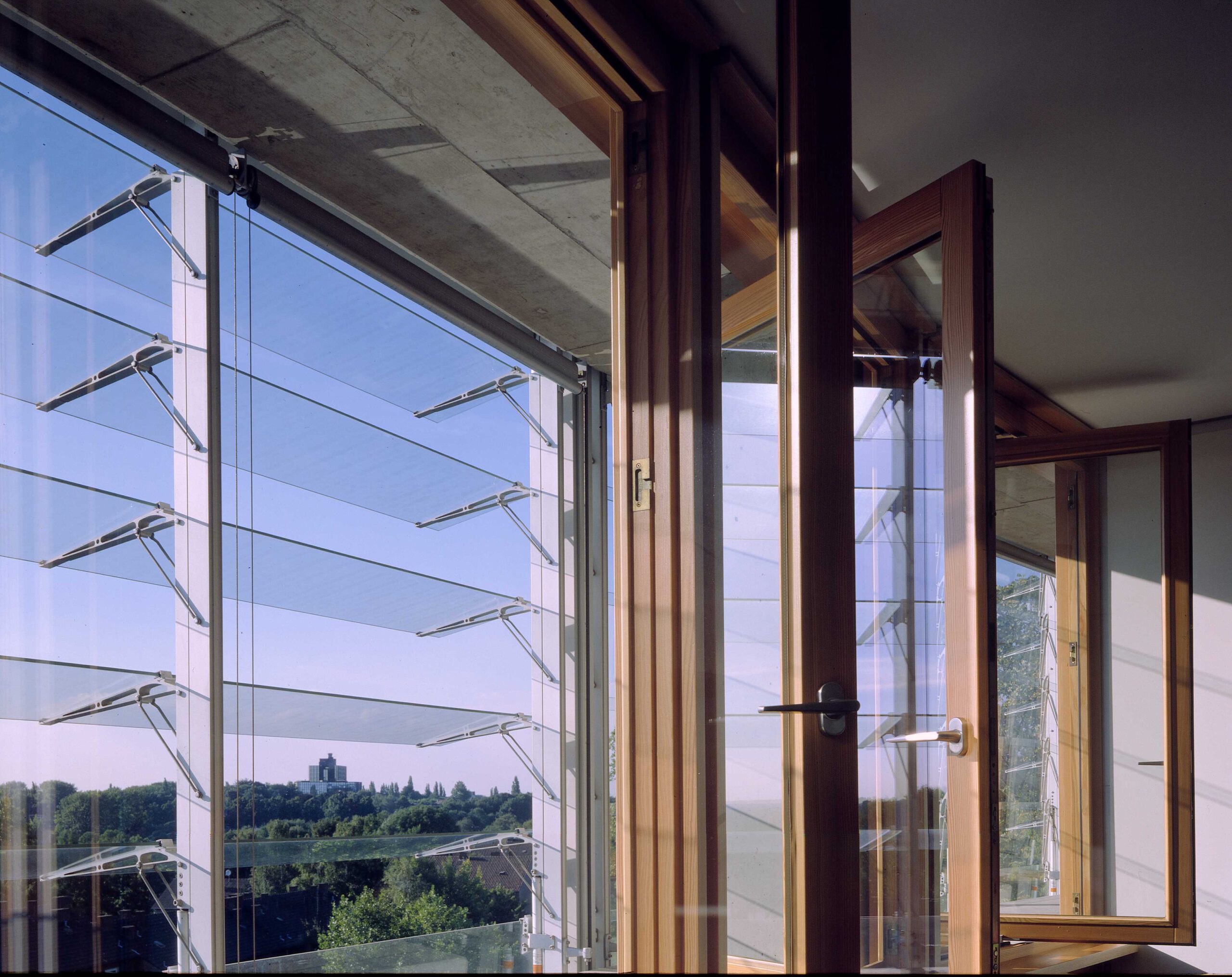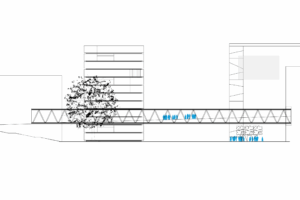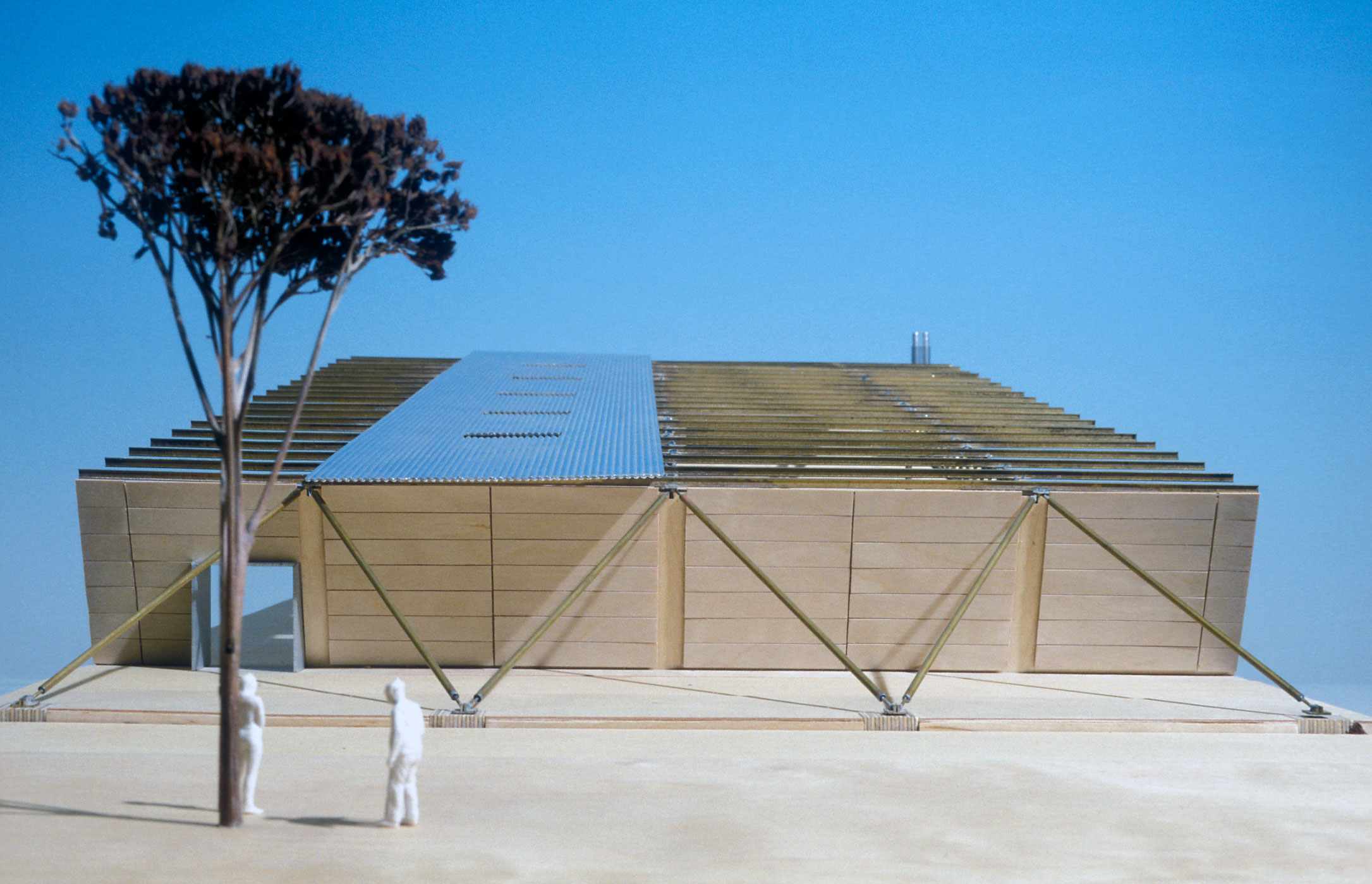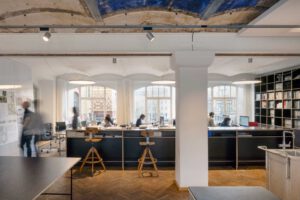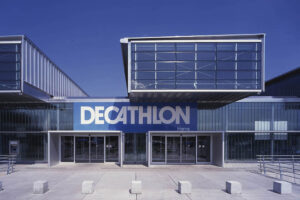
St. Marienstift
Bochum
The St. Marienstift nursing home was established next to the Marienkirche (St. Mary's Church) in downtown Bochum. The original Wilhelminian-style building was severely damaged during the war, later temporarily repaired, and remained in this state until the 2000s. The spatial conditions were extremely limited, and the structure of the building was unsuitable for modern care concepts. A new building became necessary. After IG Metall vacated the neighboring building to move to a new location, the new construction became possible. The IG Metall building was converted into a temporary nursing home, the old St. Marienstift building was demolished, and a new facility was erected.
This allowed the central location to be preserved. The new building offers 85 single rooms with barrier-free bathrooms. Residents, staff, the presbytery, and management were all deeply involved in the planning process. Residents were able to choose the wall colors of their rooms and participate in designing the communal areas. The rooms are divided into nine residential groups with shared living kitchens, each connected to balconies or rooftop terraces.
Near the main entrance on the ground floor is the chapel, which is available to the community for worship services on weekends. Some windows from the now deconsecrated Marienkirche were incorporated as wall coverings in the chapel. The former church bell hangs in a new tower next to the rooftop terrace. In an open café with a terrace and garden, residents and visitors can meet and socialize.
Data
Completion
2008
Address
Humboldtstraße 46
44787 Bochum
Client
ST. MARIENSTIFT E.V.




